Rachmaninoff: Vocalise for Cello & Piano
 Instant Download
Instant Download
Details
Description
SKU: A0.549266
Composed by Sergei Rachmaninoff (1873 –1943). Arranged by James M. Guthrie, ASCAP. Instructional,Romantic Period,Standards. Score and part. 13 pages. Jmsgu3 #3479805. Published by jmsgu3 (A0.549266).CELLO & PIANO Sergei Rachmaninoff: Vocalise Op. 34 No. 14. Score: 7 pages, 41 measures. Duration: ca. 6:33. Solo part: 2 pages, Piano part: 4 pages. Very famous composition with a distinctly melancholy flavor. Suitable for Lent or Easter meditations, receptions, weddings, recitals, school performances, and concert encores.
Vocalise
Vocalise is a song that Sergei Rachmaninoff composed in 1915. It represents, as can be seen, the final entry of his 14 Romances, Op. 34. He wrote it generally speaking for high voice with piano accompaniment. There are no words, but with this in mind, it is usually sung on a vowel that the singer chooses. He provided a dedication by and large to the famous soprano Antonina Nezhdanova.
Rachmaninoff Background
Sergei Rachmaninoff (1873 –1943) was a famous Russian concert pianist, and in fact also a composer, during the Romantic period. Some of his compositions are among the most famous in the entire Romantic repertoire. Rachmaninoff was born into a musical family on the whole and began studying the piano at only four years of age. In due time, he graduated from Moscow Conservatory in 1892. By then, he had essentially already composed several works for piano and a few orchestral pieces.
Criticism
However, in 1897, music critics reacted negatively to his first symphony. As a result, Rachmaninoff was clinically depressed for four years. During this time, he composed very little. Eventually, successful therapy allowed him to complete his Piano Concerto No. 2. In contrast, it was ardently received by critics. Rachmaninoff conducted at the Bolshoi Theatre, then eventually relocated to Dresden, Germany. During this time, he first toured the United States.
Move to America
Rachmaninoff and his family meanwhile left Russia following the Russian Revolution in 1918. They settled, to begin with, in New York City. He performed on the piano and by and large conducted performances of his music for a living. For a while, his busy tour schedule meant he had, on the whole, no time to compose. In fact, between 1918 and 1943, he finished just six works, including Rhapsody on a Theme of Paganini, Symphony No. 3, and Symphonic Dances. Generally speaking, he moved to Beverly Hills in 1942 for health reasons. Rachmaninoff was granted American citizenship ultimately one month before he died.
Legacy
In Rachmaninoff's compositions, we see all the early influences of Tchaikovsky, Rimsky-Korsakov, Balakirev, Mussorgsky, and other Russian composers. These influences, in any event, seem to relinquish his personal style of melodicism and orchestral color. Rachmaninoff obviously highlighted the piano often in his works. In essence, he employed his pianistic skills to explore the more sensitive potentials of the instrument.
This product was created by a member of ArrangeMe, Hal Leonard’s global self-publishing community of independent composers, arrangers, and songwriters. ArrangeMe allows for the publication of unique arrangements of both popular titles and original compositions from a wide variety of voices and backgrounds.
Digital Downloads are downloadable sheet music files that can be viewed directly on your computer, tablet or mobile device. Once you download your digital sheet music, you can view and print it at home, school, or anywhere you want to make music, and you don’t have to be connected to the internet. Just purchase, download and play!
PLEASE NOTE: Your Digital Download will have a watermark at the bottom of each page that will include your name, purchase date and number of copies purchased. You are only authorized to print the number of copies that you have purchased. You may not digitally distribute or print more copies than purchased for use (i.e., you may not print or digitally distribute individual copies to friends or students).
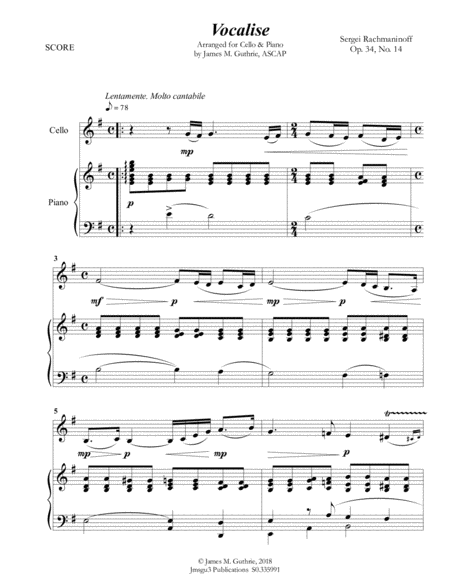
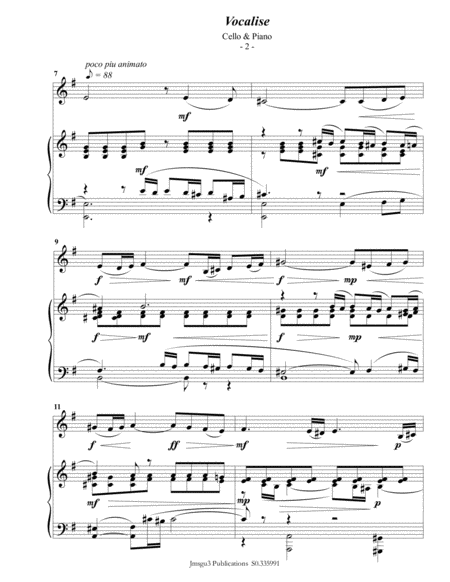
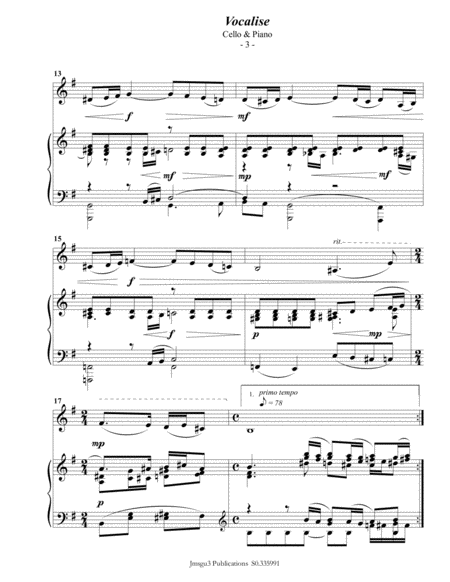
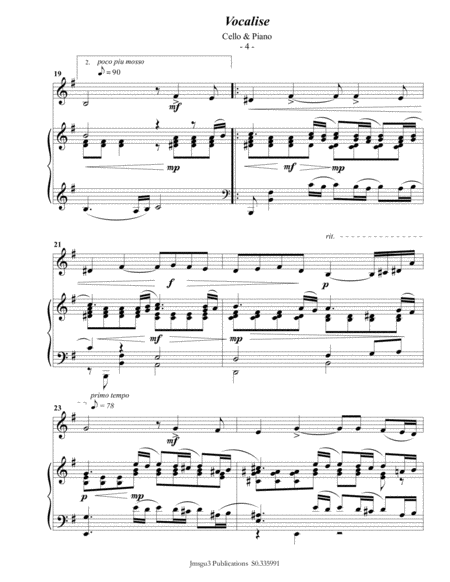
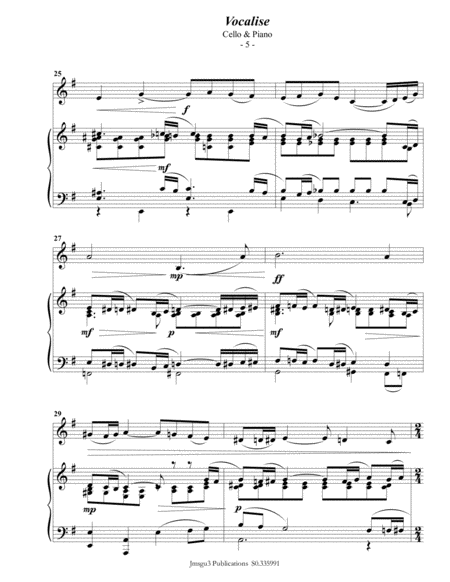
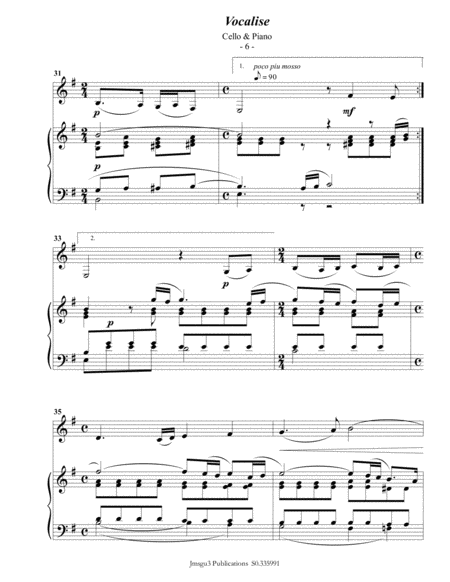
 Share
Share